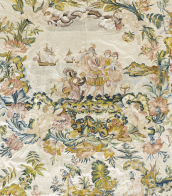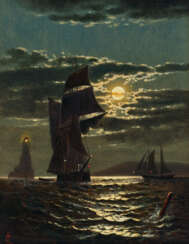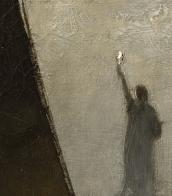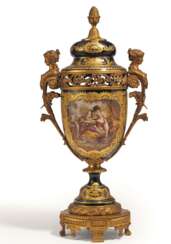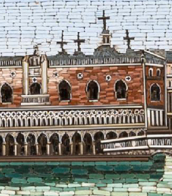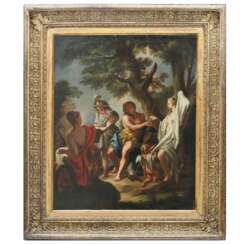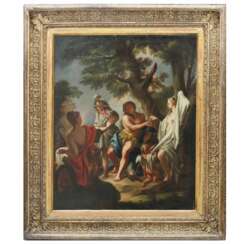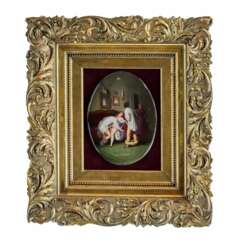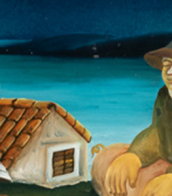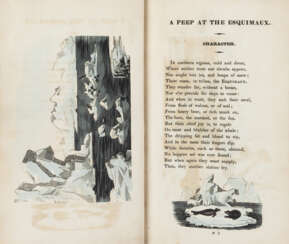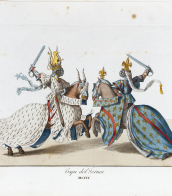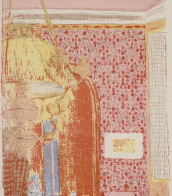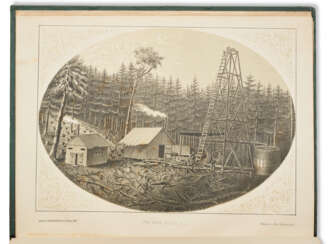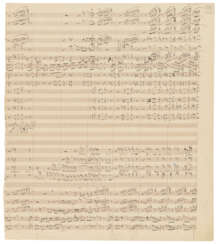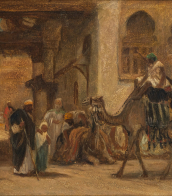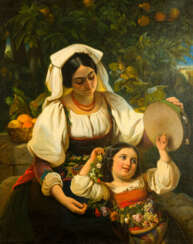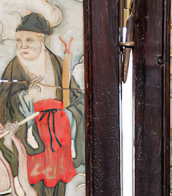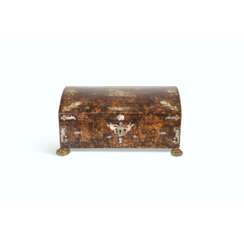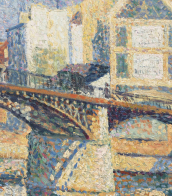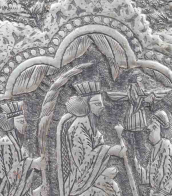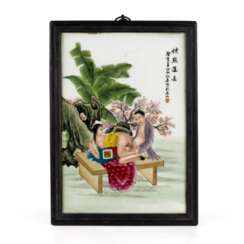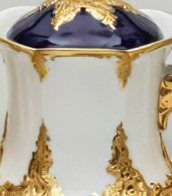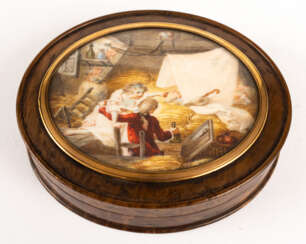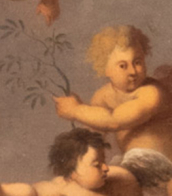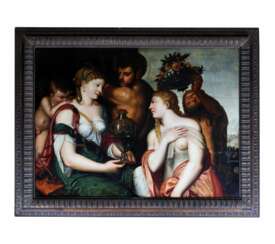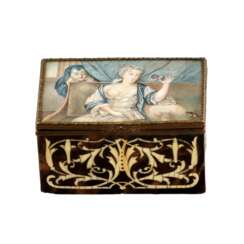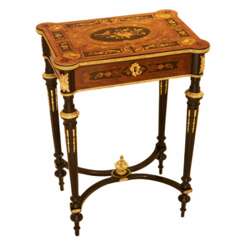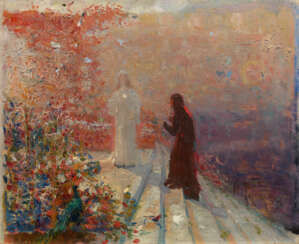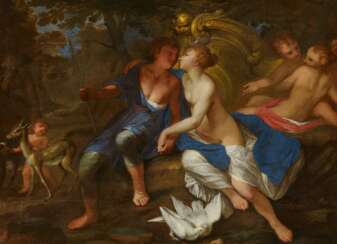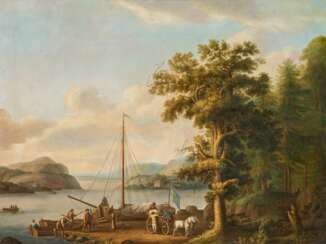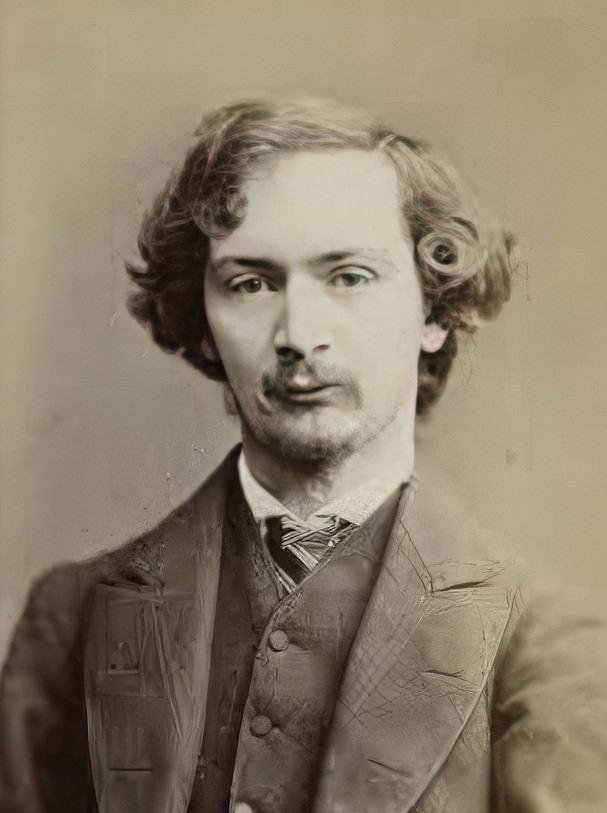love scene
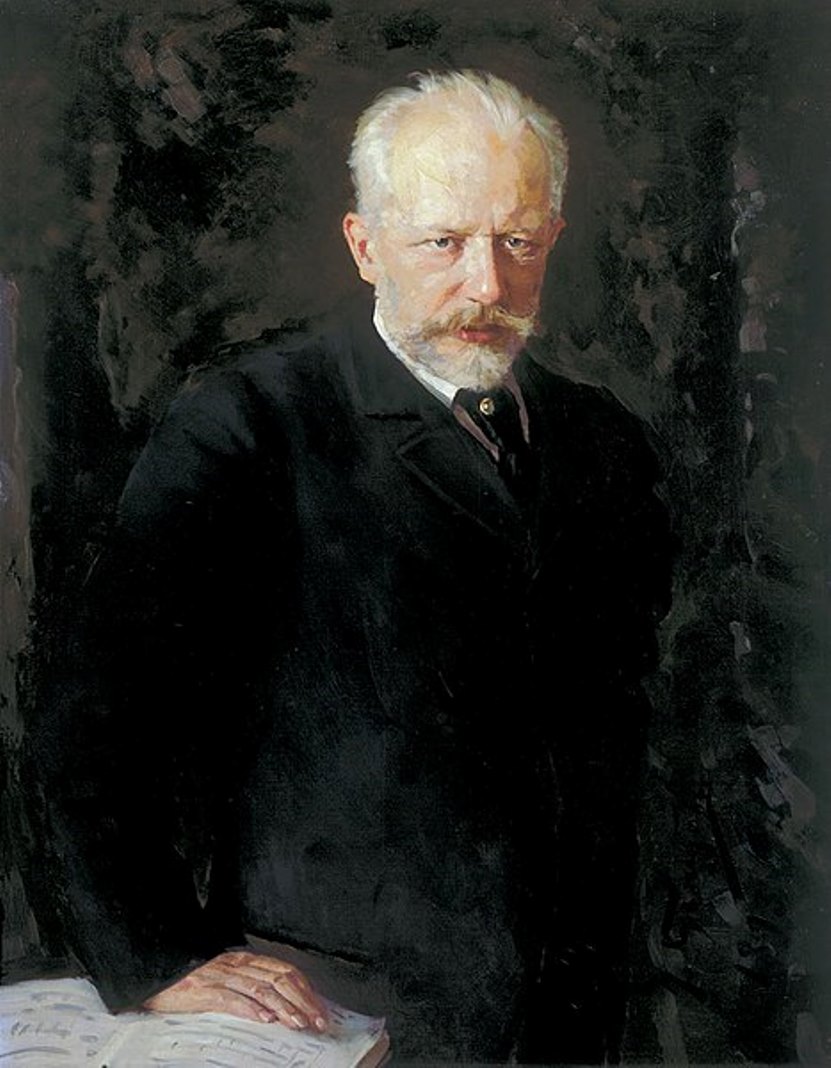
Petr Ilich Chaikovskii (Russian: Петр Ильич Чайковский) was a great Russian composer, teacher, conductor and music critic.
Petr was born into the family of a mining engineer; later his father became manager of the Alapaev and Nizhnekamsk factories and director of the Technological Institute in St. Petersburg. Already at the age of five Peter began to learn to play the piano and compose. Educated as a lawyer, he was appointed to the Ministry of Justice and retired in 1867.
In 1865, Chaikovskii graduated with honors from the St. Petersburg Conservatory, composing several significant works during his years of study. From 1866-1878, Chaikovskii was a professor at the Moscow Conservatory, translated several musical-theoretical works, and wrote A Guide to the Practical Study of Harmony. In 1868 he made his first appearance in the press as a music critic, and later worked as a music reviewer for the Moscow newspapers Sovremennaya Annals and Russkiye Vedomosti.
Petr Ilich destroyed his first operas - "Voevoda" and "Undina" - apparently dissatisfied with the result, but his next concertos and symphonies, the operas "Oprichnik" (1874) and "Vakula the Blacksmith" (1876) were already quite successful. In 1877 patron of the arts and admirer Nadezhda von Meck arranged for Chaikovskii to receive an annual subsidy of six thousand roubles, thanks to which he devoted his later life to composing, and from 1888 the composer also received an annual pension of three thousand roubles from the Russian Emperor Alexander III.
From the 1880s Chaikovskii became known not only in Russia but also abroad: he gave numerous concerts in European cities, and his music was recognized and loved in the USA.
A man of extraordinary sensitivity, Petr Chaikovskii revealed in music the inner world of man from lyrical intimacy to the deepest tragedy, creating the highest examples of operas, ballets, symphonies and chamber works. During this period he wrote the operas "Eugene Onegin" (1878), "The Maid of Orleans" (1879), "Mazepa" (1883), "Cherevichki" (1885), "Queen of Spades" (1890), "Iolanta" (1891) and others. And also ballets "Swan Lake" (1876), "Sleeping Beauty" (1889), "The Nutcracker" (1892). All of these works are still going with enduring success in all the world's theaters.
His cycle The Seasons and his Sixth Symphony ("Pathetique") are also widely known. Chaikovskii 's six symphonies, the symphony "Manfred" (1885), "Italian Capriccio" (1880), three concerti for piano and orchestra (1875-93), a concerto for violin and orchestra, "Variations on a Rococo Theme for Cello and Orchestra" (1876), a piano trio "In Memory of the Great Artist" (1882), and romances belong to the world's masterpieces.
Chaikovskii died unexpectedly, having contracted cholera during an epidemic in St. Petersburg. In honor of the composer in 1958, one of the most prestigious performing competitions was organized - the International Chaikovskii Competition, which is held in Moscow every four years. The city of Chaikovskii in the Perm Region, streets in many cities in the former Soviet Union, and a crater on Mercury are named in the composer's honor. The Moscow State Conservatory bears Tchaikovsky's name. Petr Chaikovskii is one of the most performed composers all over the world.
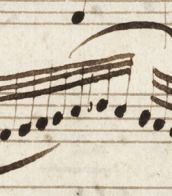

Carl Johann Grund was a German and Austrian genre painter and portraitist.
He studied at the Academy of Fine Arts in Vienna and traveled throughout the Alpine countries and Italy. Johann Grund's works are in the collections of the museums of Karlsruhe, Mannheim, and Vienna.

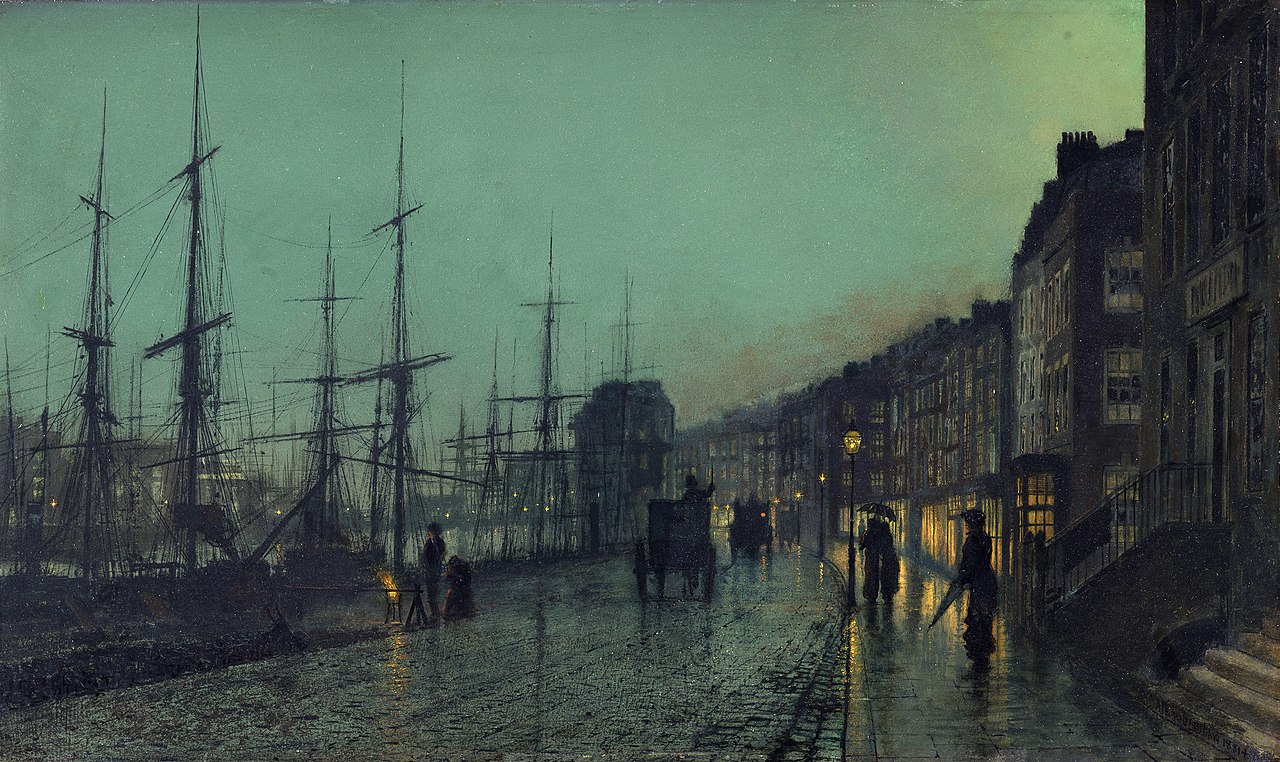
John Atkinson Grimshaw was an English Victorian-era artist best known for his nocturnal scenes of urban landscapes. He was called a «remarkable and imaginative painter» by the critic and historian Christopher Wood in Victorian Painting (1999).
Grimshaw's love for realism stemmed from a passion for photography, which would eventually lend itself to the creative process. Though entirely self-taught, he is known to have used a camera obscura or lenses to project scenes onto canvas, which made up for his shortcomings as a draughtsman and his imperfect knowledge of perspective. This technique, which Caravaggio and Vermeer may also have used, was condemned by a number of his contemporaries who believed it demonstrated less skill than painting by eye, with some claiming that his paintings appeared to «show no marks of handling or brushwork», while others "were doubtful whether they could be accepted as paintings at all". However, many recognised his mastery of colour, lighting and shadow, as well as his unique ability to provoke strong emotional responses in the viewer. James McNeill Whistler, who Grimshaw worked with in his Chelsea studios, stated, «I considered myself the inventor of nocturnes until I saw Grimmy's moonlit pictures».
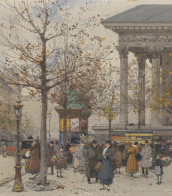
Ilya Yefimovich Repin (Russian: Илья Ефимович Репин) was a preeminent Russian artist, celebrated for his profound influence on the world of art, particularly painting. Born in 1844 in the Russian Empire, Repin distinguished himself as a pivotal figure in bringing Russian art to the forefront of the European scene. His works, characterized by their vivid realism and profound emotional depth, offer a window into the cultural, social, and historical landscapes of 19th-century Russia.
Repin's oeuvre is a testament to his exceptional skill in capturing the essence of his subjects, ranging from the peasantry to the elite, and his commitment to portraying the Russian spirit. His paintings, such as "Barge Haulers on the Volga" and "Ivan the Terrible and His Son Ivan," are lauded for their meticulous detail, dynamic compositions, and the way they convey powerful narratives and emotions. These masterpieces are housed in prestigious museums and galleries worldwide, including the State Russian Museum and the Tretyakov Gallery, affirming Repin's enduring legacy in the annals of art history.
For collectors and experts in art and antiques, Repin's works represent not only significant cultural and historical value but also a deep emotional resonance that transcends time. His ability to intertwine the beauty and tragedy of human experience with the rich tapestry of Russian culture makes his art a compelling exploration for enthusiasts and scholars alike. To stay informed about new product sales and auction events related to Ilya Yefimovich Repin, we invite you to sign up for updates. This subscription is a gateway to exclusive insights and opportunities in the realm of art and antiques, focusing solely on Repin's illustrious work.
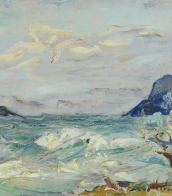
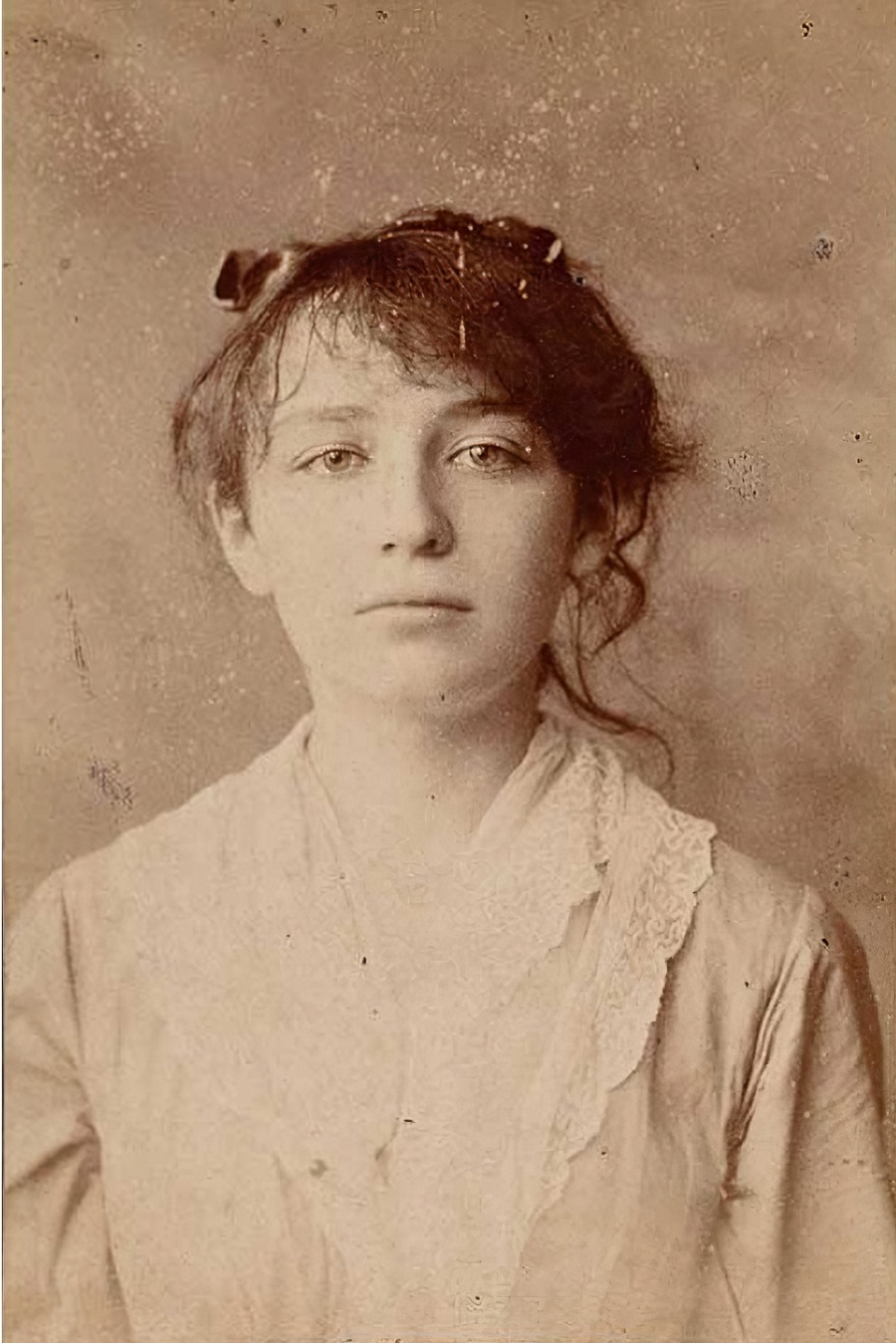
Camille Claudel was a French sculptor. She is known for her powerful and emotionally charged sculptures, which often portrayed human figures in moments of intense emotion or turmoil.
Claudel studied art in Paris under the tutelage of Auguste Rodin, and the two became lovers and collaborators for several years. Her work was heavily influenced by Rodin's style, and she often portrayed human bodies with a sense of fluidity and movement that was characteristic of his work.
Claudel's sculptures were praised for their technical skill and emotional intensity, but she struggled to gain recognition as an artist in her own right. She was frequently dismissed as simply a student of Rodin, and her personal life was marked by a series of setbacks and tragedies.
In 1913, Claudel suffered a nervous breakdown and was committed to a mental institution by her family, where she remained for the rest of her life. Her work was largely forgotten until the late 20th century, when a renewed interest in her life and career led to a reassessment of her place in the history of modern art. Today, her sculptures are celebrated for their technical virtuosity and emotional power, and her story has become an inspiration to many artists and scholars.

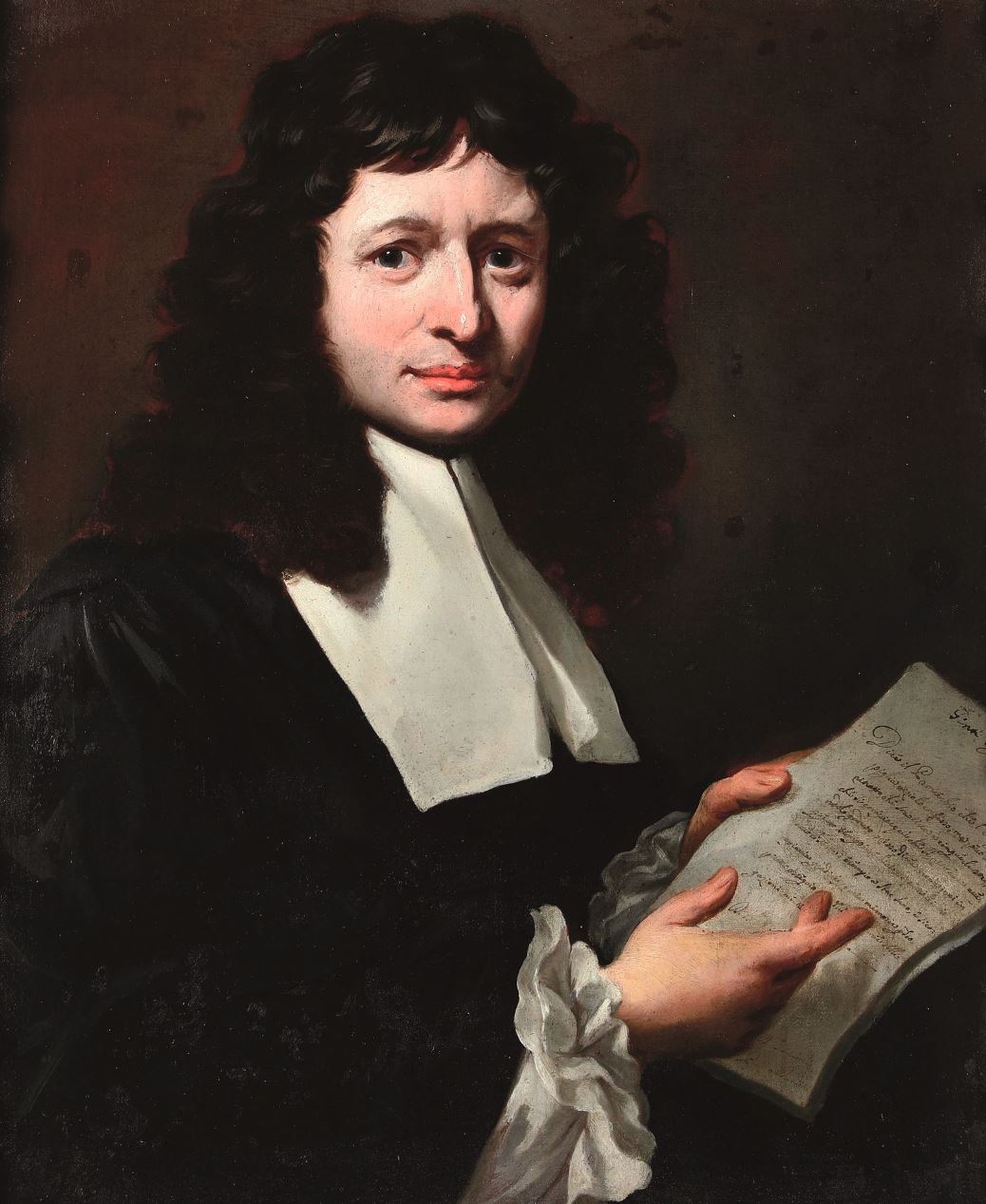
Pier Dandini or Pietro Dandini was an Italian painter of the Baroque period.
He grew up and studied painting with artist relatives and in a creative environment, then worked mainly in Florence. Dandini executed a number of church commissions in Florence and created frescoes for villas of noble citizens. Contemporary critics have admired Dandini's art.



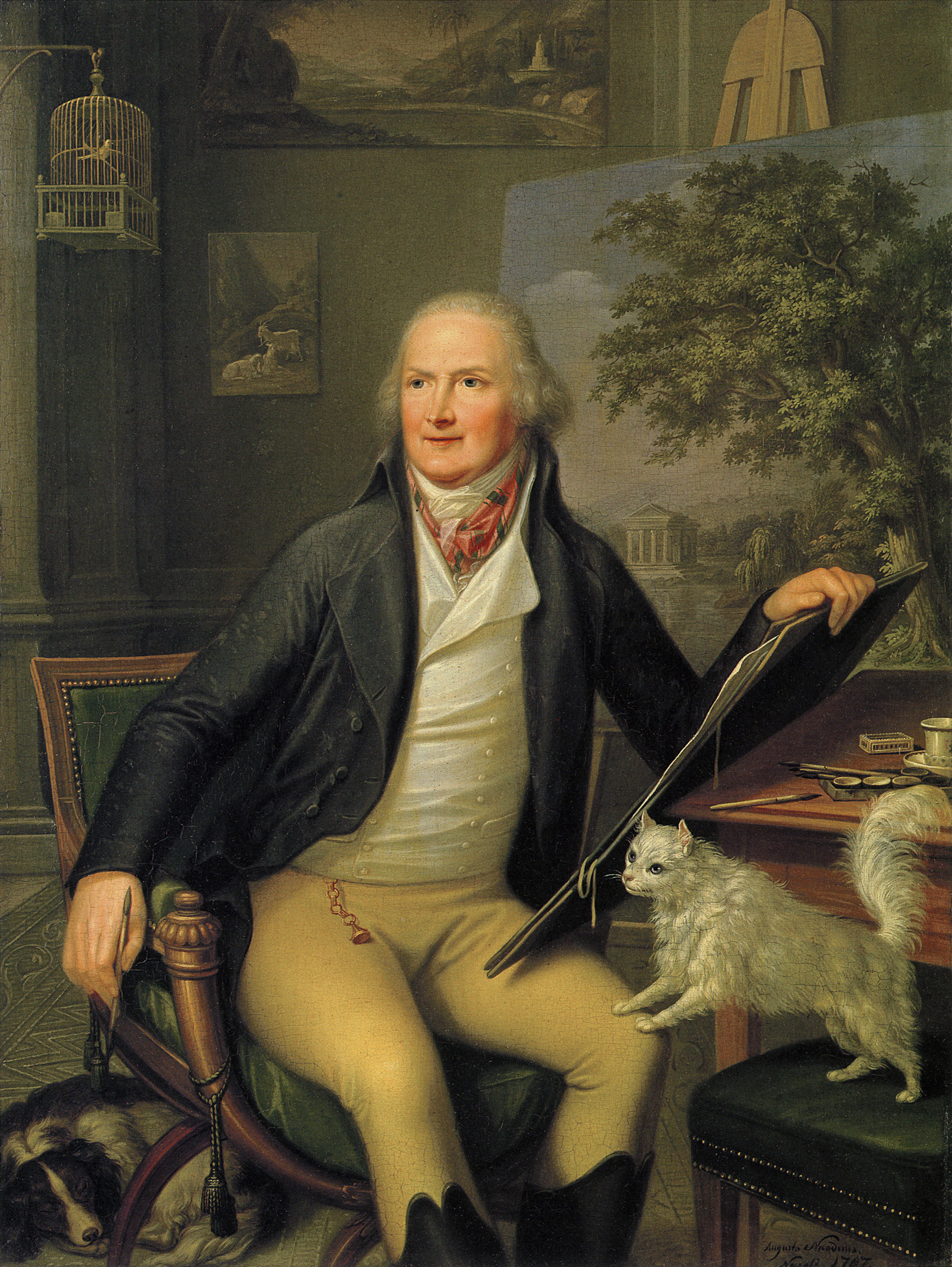
Jakob Philipp Hackert was a German painter of the second half of the 18th and early 19th centuries. He is known as a landscape painter and printmaker, a representative of neoclassicism and romanticism.
Hackert reached the peak of creative activity in 1770-1780. He was recognized by the European aristocracy, and for a time served as court painter to King Ferdinand IV of Naples, as well as receiving commissions from representatives of the Russian imperial family, such as Empress Catherine II and the heir to the throne, Paul Petrovich. His work, according to critics, was characterized by high craftsmanship and aristocratic elegance.

